
Qualify for the
179D Tax Deduction

What is the EPAct 179D Tax Deduction?
The 179D Deduction, also known as the Energy-Efficient Commercial Buildings 179D Tax Deduction, is a tax incentive first introduced in 2005 as part of the Energy Policy Act. The program’s intent is to drive commercial building owners and Designers of tax-exempt buildings to reduce their energy use by rewarding the implementation of energy efficient building components, specifically, the HVAC system, interior building lighting, and the building envelope for newly constructed buildings or renovations. In 2020, 179D became a permanent part of the tax code.
Who can Qualify?
- Architects, Mechanical Engineers, Electrical Engineers, and other designers of tax-exempt buildings
- Commercial Building Owners
Commercial building owners who are taxpayers can benefit from the program in the form of accelerated depreciation. However, many of the largest commercial buildings in the United States are owned by non-tax-paying entities, such as local municipalities, State and Federal governments, military facilities, K-12 schools, universities, etc., and therefore, they can’t reap the financial benefits of a tax deduction. However, Congress still wanted to incentivize the inclusion of energy-efficient components in these buildings, so they expanded 179D to allow the building owner (government entity) the ability to allocate their deduction to the taxpaying designer of the energy-efficient properties of the buildings.
What did the Inflation Reduction Act Change?
In 2022 and prior years, architects, engineers, and design-build contractors are eligible to receive allocations on projects they designed for federal, state, and local government-owned buildings. Starting in 2023, they can ALSO receive allocations for their design work on the tax-exempt entities listed below. This means many building types that were previously ineligible to participate in 179D can now do so!
Further, the Inflation Reduction Act significantly expanded the benefit of the program from up to $5.36/square foot for buildings put in place in 2023 and $5.65/square foot for buildings put in place in 2024.
Receive a Download of this 179D One Pager
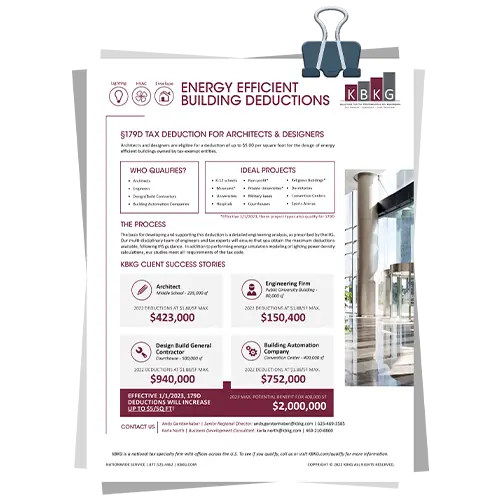
Eligible Improvements
Taxpayers that invest in ground-up construction or in improvements to their existing buildings are potentially eligible for 179D deductions. Eligible improvements must reduce energy use by making investments in any of the following categories: a building’s envelope, HVAC, and/or interior lighting systems. There are different ways to pursue a deduction and all require comparison to the ASHRAE Standards and certification by a qualified individual.
Building Envelope
Energy efficient construction or improvements to walls, floors, roofs, fenestrations, and doors
HVAC
Improvements relating to energy efficient HVAC systems
Lights
Construction or improvements to building lights for energy efficiency
Eligible Tax-Exempt Entities
Charitable Organization
Churches & Organizations
Private Schools & Universities
Private Foundations
Political Organizations
Other Non-Profits
Native American Tribal Governments
Alaska Native Corporations
Public Schools & Universities
Local Government Buildings
State Government Buildings
Federal Government Buildings
Frequently Asked Questions
Taxpayers that invest in ground-up construction or in improvements to their existing buildings are potentially eligible for 179D deductions. Eligible improvements must reduce energy use by investing in any of the following categories: a building's envelope, HVAC, and/or interior lighting systems. There are different ways to pursue a deduction and all require certification by a qualified expert.
Architects and designers who implement energy-efficient designs on government buildings are also eligible for the 179D deduction if their design meets the criteria.
Unlike most deductions, which are based on the amount spent, this deduction is primarily based on affected square footage. Ideal candidates will generally have improvements with a square footage of at least 50,000 square feet. A wide range of improvements, from simple lighting retrofits to full-scale construction projects, qualify for this timely tax break. Other great candidates include regional or national chains with multiple locations.
The basis for developing and supporting this deduction is a detailed engineering analysis, as prescribed by the IRS. Our multi-disciplinary team of engineers and tax experts will ensure that you obtain the maximum available deductions while following IRS guidance to properly certify the tax deductions. Additionally, our team can help you claim deductions that were missed from prior years.
179D Tax Insights
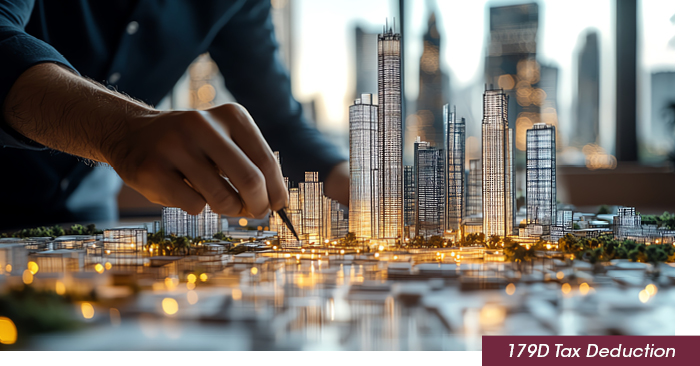
CPAs: Now Is the Time to Help A&E Clients Maximize 179D Before It’s Gone
08/01/2025Follow KBKG on Social Media Linkedin Facebook X-twitter Youtube The One Big Beautiful Bill (OBBB), signed into law on July 4, 2025, introduced the most significant tax shift in over a decade, and it’s having a direct impact on architecture and engineering (A&E) firms. While some changes were expected, the phase-out of §179D caught many … Read More
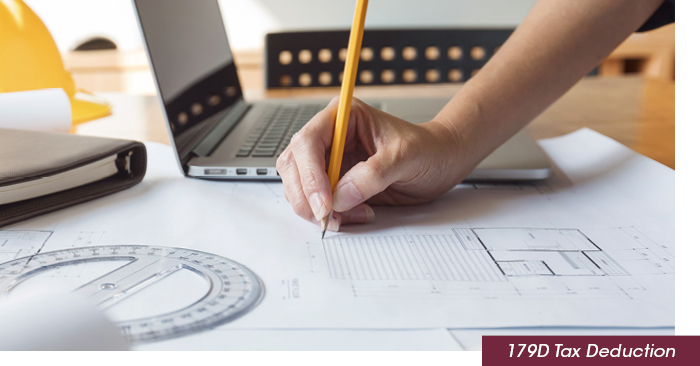
A&E Firm Leaders: Why You Need to Act Now to Claim 179D Before It’s Gone
08/01/2025Follow KBKG on Social Media Linkedin Facebook X-twitter Youtube The One Big Beautiful Bill (OBBB), signed into law on July 4, 2025, included a major shift in tax law, and it’s hitting architects and engineers (A&E) harder than most. Section 179D, a powerful incentive that rewards firms for designing energy-efficient buildings for government and nonprofit … Read More
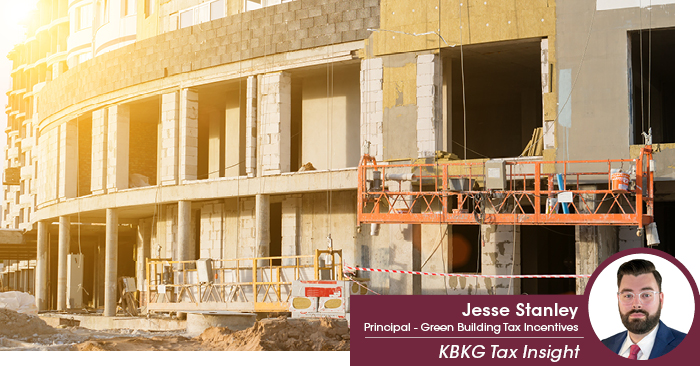
KBKG Tax Insight: 179D is Sunsetting – What to Do Before it’s Too Late
07/16/2025Follow KBKG on Social Media Linkedin Facebook X-twitter Youtube By Jesse Stanley, P.E. | Principal, Green Building Tax Incentives The One Big Beautiful Bill (H.R. 1) modified the previously permanent 179D deduction, creating a termination date for projects that begin construction after June 30, 2026. With less than a year to initiate qualifying projects, CPAs, … Read More

How One Design Firm Turned 15 School Buildings into a 179D Success
06/20/2025Follow KBKG on Social Media Linkedin Facebook X-twitter Youtube By Jillian Jones | Director, Green Building Tax Incentives Many designers of tax-exempt, government or nonprofit buildings pursuing the 179D Tax Deduction are typically met with challenges, and partnering with the right provider can be the difference in maximizing benefits for energy-efficient projects. One design group recently … Read More

Why Your 179D Provider Matters: Valuing Government Relations Teams and 179D Allocation Letters
05/08/2025Follow KBKG on Social Media Linkedin Facebook X-twitter Youtube By Jillian Jones | Director, Green Building Tax Incentives Navigating the complexities of tax incentives and energy efficiency programs can be daunting, especially for designers of tax-exempt government or nonprofit buildings aiming to benefit from the 179D Tax Deduction. One critical component of this process is securing … Read More
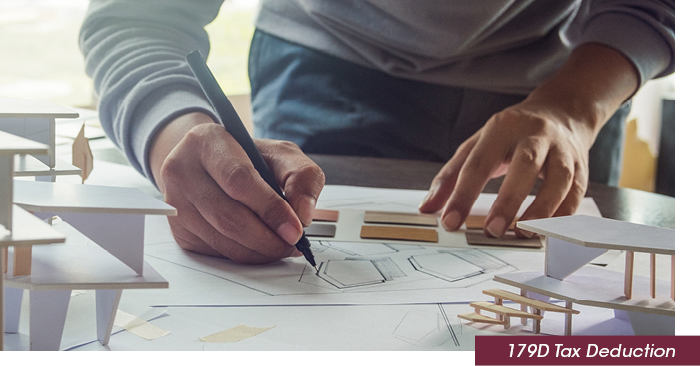
IRS Updates 179D Guidance with Refined Expectations
04/03/2025The Internal Revenue Service (IRS) recently updated its Large Business & International (LB&I) Process Unit guidance concerning the 179D Tax Deduction. Following the introduction of Form 7205, the IRS continues to sharpen its focus on 179D, and choosing the right provider matters more than ever. The latest LB&I guidance provides critical insights into how claims … Read More
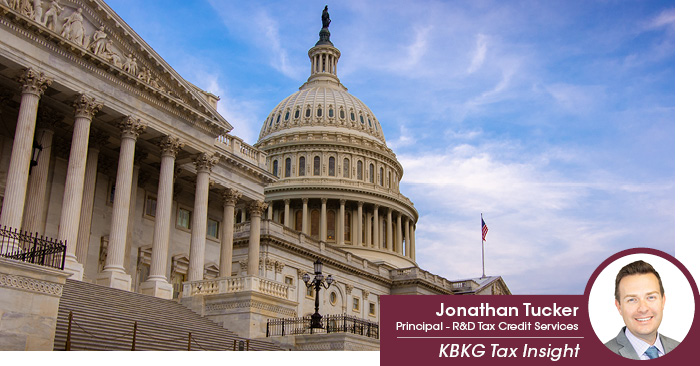
Trump’s Pledge to Repeal Green Energy Incentives Faces GOP Resistance
03/18/2025By Jonathan Tucker | Principal, Research & Development Tax Credits There are developments within the Republican Party, as 21 House Republicans have urged President Trump and House Speaker Mike Johnson (R-Louisiana) not to repeal specific green tax incentives established under the Inflation Reduction Act (IRA) of 2022, enacted during President Biden’s administration. These lawmakers emphasize … Read More
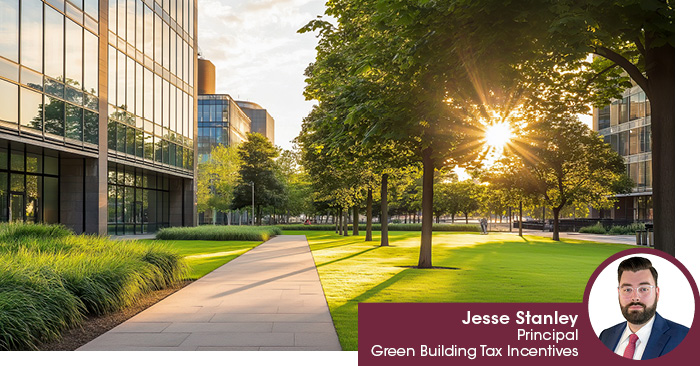
Consider 179D Now In Case Tax Reform Reduces the Benefit
03/07/2025By Jesse Stanley | Principal, Green Building Tax Incentives As policymakers continue to discuss tax priorities, 179D candidates—particularly architects, engineers, and other designers—face growing uncertainty around the future of this powerful deduction. With potential legislation threatening to scale back benefits, design professionals who rely on 179D to demonstrate value and reduce taxable income should consider acting … Read More
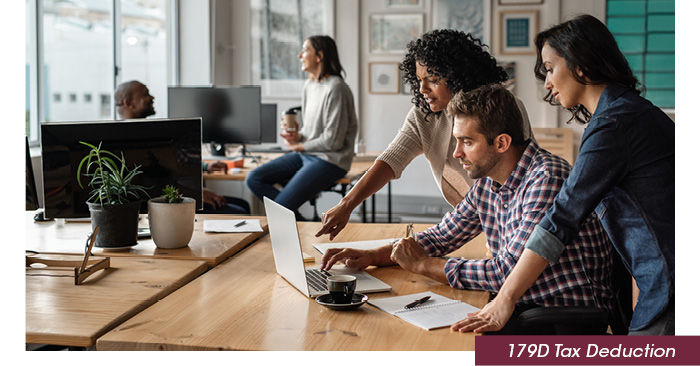
Leveraging 179D to Strengthen Relationships in the Design Community
03/06/2025By Jillian Jones | Director, Green Building Tax Incentives The 179D Tax Deduction is a powerful tax incentive for architects, engineers, and designers working to improve energy-efficiency in government, nonprofit, and other tax-exempt buildings. However, when it comes to allocating the deduction to the designers, tax-exempt entities have historically done so on a first-come, first-served basis, creating … Read More
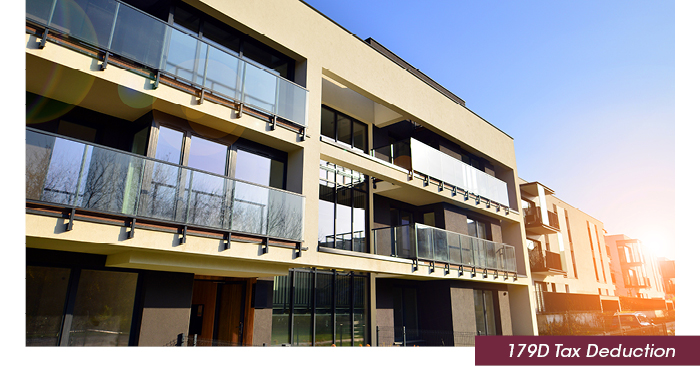
KBKG Joins Organization to Advocate for Architects
09/26/2024KBKG Principal Jesse Stanley has joined the Real Estate Roundtable’s Sustainability Committee. Stanley joins other KBKG principals involved in the organization, adding to KBKG’s influence in developing legislation for a more sustainable future. The Real Estate Roundtable is an association that represents the commercial real estate industry and established the Sustainability Committee to address the … Read More


